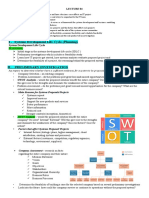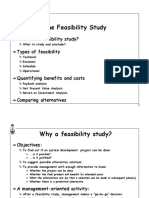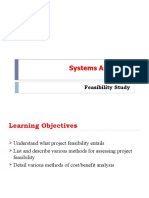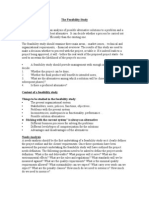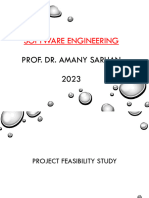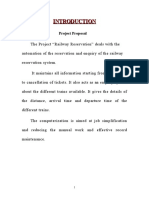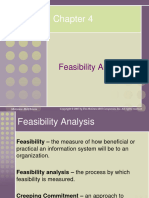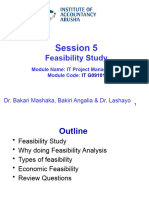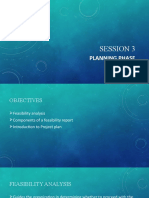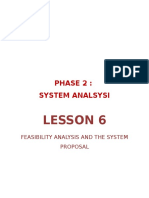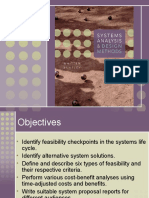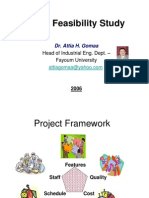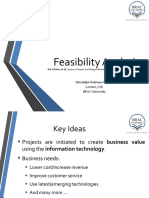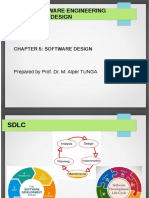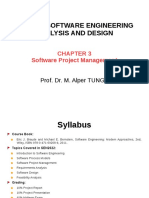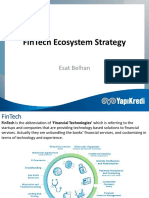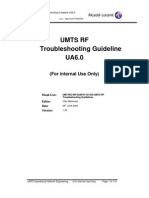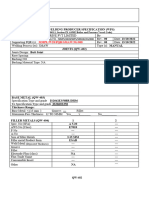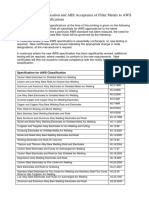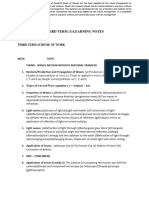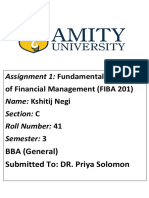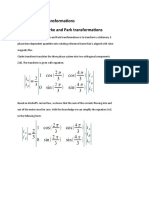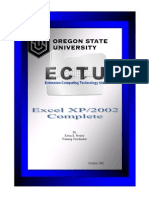0% found this document useful (0 votes)
118 views22 pagesSen2022 Software Engineering Analysis and Design
The document discusses feasibility analysis which involves six tests: operational, cultural, legal, technical, schedule, and economic feasibility. It provides details on each type of feasibility and techniques for evaluating economic feasibility such as payback analysis, net present value, and return on investment.
Uploaded by
Elif KaraatlıCopyright
© © All Rights Reserved
We take content rights seriously. If you suspect this is your content, claim it here.
Available Formats
Download as PDF, TXT or read online on Scribd
0% found this document useful (0 votes)
118 views22 pagesSen2022 Software Engineering Analysis and Design
The document discusses feasibility analysis which involves six tests: operational, cultural, legal, technical, schedule, and economic feasibility. It provides details on each type of feasibility and techniques for evaluating economic feasibility such as payback analysis, net present value, and return on investment.
Uploaded by
Elif KaraatlıCopyright
© © All Rights Reserved
We take content rights seriously. If you suspect this is your content, claim it here.
Available Formats
Download as PDF, TXT or read online on Scribd
/ 22




